Five time-tested methods can help you preserve fruits using sugar's natural antimicrobial properties. You'll find traditional fruit syrups offer quick storage solutions, while sugar water bath canning provides long-term preservation in sealed jars. Candied fruits create delectable treats through gradual sugar absorption, and fruit leather transforms purees into portable, shelf-stable snacks. Crystallization stands out as an artisanal technique that yields gorgeous, jewel-like preserved fruits. Whether you're a novice or experienced preserver, these sugar-based methods bring centuries of wisdom to your modern kitchen, with each technique offering its own unique benefits and challenges to explore.
Traditional Fruit Syrup Storage
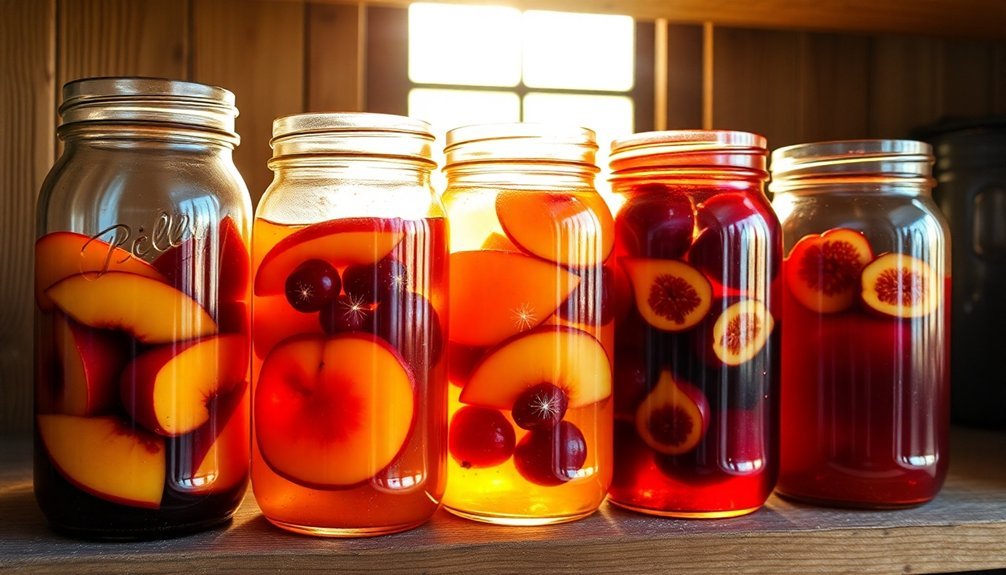
When it comes to storing your homemade fruit syrups, you'll find three primary methods: refrigeration, freezing, and room temperature storage. Each method offers different preservation timeframes and benefits for maintaining your syrup's quality.
For traditional syrups made with a 1:1 sugar-to-water ratio, refrigeration keeps them fresh for about a month when stored in an airtight container. You'll get the best flavor during the first week.
If you've made a rich syrup using a 2:1 ratio, you can extend the shelf life up to six months in the fridge. These rich syrups work especially well because higher sugar content naturally prevents spoilage.
Freezing is your most reliable long-term storage option, preserving both freshness and flavor for up to a year. You can freeze your syrup in silicone ice cube trays before transferring to zip-top bags to prevent freezer burn.
Don't worry if the syrup doesn't freeze solid – that's normal due to its high sugar content.
While room temperature storage is possible in sanitized, sealed jars for up to a year, it's riskier than cold storage methods. You'll need to keep the jars in a cool, dark place and avoid this method for flavored syrups.
Always monitor your stored syrups for signs of mold, yeast, or unusual odors.
Sugar Water Bath Canning
Sugar water bath canning's success depends on having the right equipment and following precise steps. You'll need a water bath canner or tall stockpot, mason jars with new lids and bands, and essential tools like a jar lifter and bubble freer. Clean workspace is essential to prevent contamination during the canning process.
Before you begin, verify your fruit is properly cleaned and prepared using either a hot water blanch or citric acid solution to prevent browning.
Start by preparing your sugar syrup by dissolving sugar in water, or opt for alternatives like fruit juice for lower calories. As you fill your clean jars using either raw or hot pack methods, remember these critical steps:
- Maintain proper headspace at the top of each jar and remove air bubbles with a plastic spatula.
- Clean jar rims thoroughly with a damp paper towel before adding lids.
- Process jars in boiling water for the recommended time based on your altitude.
Once processing is complete, let your jars cool completely before checking seals and storing.
Don't forget to label each lid with the date and contents using a permanent marker. Store your preserved fruits in a cool, dark place to maintain quality and safety throughout their shelf life.
Candied Fruit Preservation
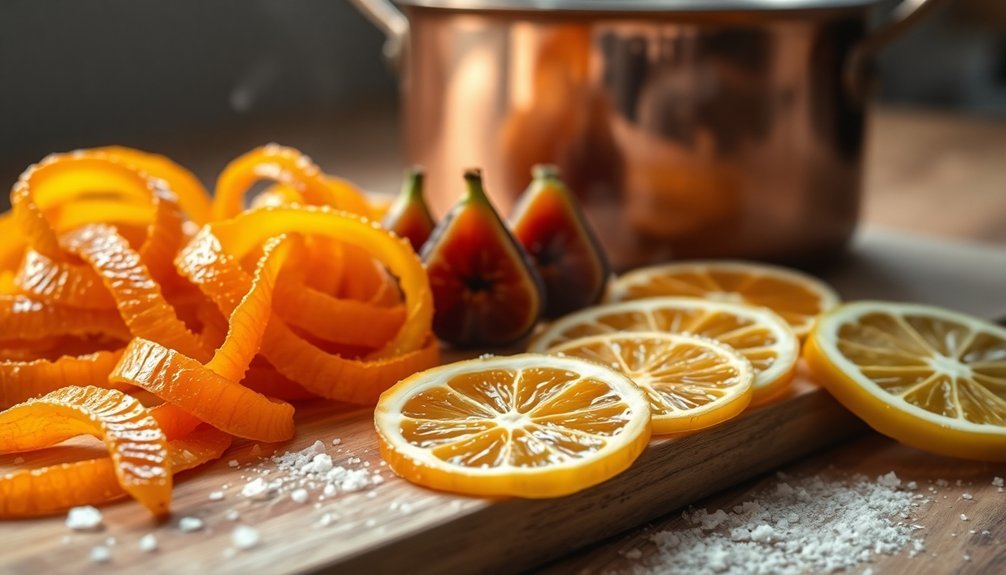
Creating candied fruit requires patience and precision as you transform fresh produce into shelf-stable treats through sugar preservation.
You'll find two main approaches: the traditional method, which takes several weeks but yields superior results, and a quick method for when you're short on time.
The traditional method starts with blanching your fruit, then gradually increasing the sugar concentration over 3-4 weeks, followed by 1-2 months of steeping. This slow process helps maintain the fruit's shape and color while ensuring thorough sugar penetration. Chinese preservers used honey to candy fruit centuries ago.
If you're pressed for time, you can use the quick method, but you'll need to slice fruit thinly (no more than ¼ inch) and accept a shorter shelf life.
To begin, you'll need to prepare your fruit by peeling, coring, and slicing it appropriately.
Create a syrup mixture of water, sugar, and glucose or corn syrup, then simmer until the fruit becomes glossy and translucent.
After cooling overnight, you can either store your candied fruit in syrup in the refrigerator or dry it completely.
For best results, consider finishing with a coating of glaze, sugar, or chocolate.
Sweet Fruit Leather Making
While candied fruits offer a decadent treat, fruit leather provides a chewy, portable snack that's perfect for preserving your harvest.
You'll want to start with ripe or slightly overripe fruit, washing it thoroughly before removing any peels, seeds, and stems. Once you've cut your fruit into manageable chunks, puree it until smooth, adding lemon juice to prevent darkening.
For the best results in making fruit leather, follow these essential steps:
- Spread your puree evenly at ⅛ inch thickness on a lined tray, using about 2 cups of fruit mixture for a 13×15 inch sheet.
- Dry in a dehydrator for 6-9 hours or in an oven at 140°F for up to 18 hours.
- Test the center for dryness – it shouldn't indent when touched.
You can use virtually any fruit, from apricots to berries, and adjust the sweetness with honey, sugar, or corn syrup to taste.
Once your leather is ready, peel it while warm and roll it up. Store it wrapped in plastic at room temperature for up to a month, or freeze it for up to a year. For maximum shelf life, consider using vacuum-sealed bags with oxygen absorbers.
Crystallized Fruit Methods
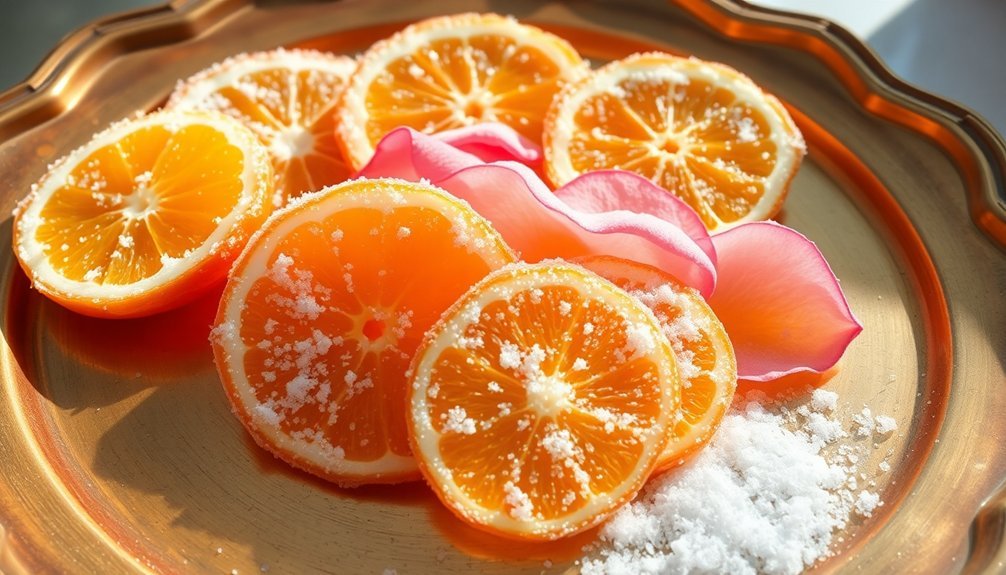
Through careful preparation and patience, crystallizing fruit transforms ordinary produce into glistening, shelf-stable delicacies.
You'll need to start by preparing your fruit uniformly, paring and cutting it to guarantee even preservation. After blanching the fruit in boiling water to soften its cellular structure, you'll begin the gradual sugar immersion process.
You'll create a syrup using white sugar and water, gradually increasing its concentration over three to four weeks. It's essential to maintain proper sugar levels, aiming for a Brix level of 75.
You can prevent unwanted crystallization by adding inhibitors like light corn syrup or cream of tartar, and you'll want to use a refractometer to measure sugar concentration accurately.
During the process, you'll need to heat the syrup periodically to prevent fermentation and guarantee proper sugar absorption.
Once your fruit has fully absorbed the sugar, wash it in clean water and dry it thoroughly.
For the final step, you can choose between quick-hardening in open air for a glazed finish or slow-hardening for a crystallized appearance.
Your preserved fruit will maintain its quality in any climate and can be used in various desserts or enjoyed as a sweet snack.
Frequently Asked Questions
Can Sugar-Preserved Fruits Be Safely Consumed by Diabetics With Proper Portion Control?
You can eat sugar-preserved fruits if you're diabetic, but you'll need strict portion control. It's safer to choose fresh fruits or sugar-free alternatives to better manage your blood sugar levels.
How Long Can Homemade Sugar-Preserved Fruits Last When Stored at Room Temperature?
You'll find that properly sugar-preserved fruits can last up to 7 days at room temperature. But remember to store them in a dry container with the lid slightly open and check daily for spoilage signs.
Which Fruits Should Never Be Preserved Using Sugar-Based Preservation Methods?
You don't need to avoid sugar preservation for any specific fruits – they can all be preserved with sugar. However, you'll get better results using reduced sugar methods for naturally sweet fruits like ripe berries.
Does Sugar Preservation Affect the Vitamin and Mineral Content of Fruits?
You'll find that sugar preservation generally helps retain most vitamins and minerals in fruits, though you'll lose some vitamin C during the process. Most B vitamins, potassium, and antioxidants stay well-preserved.
Can Artificial Sweeteners Replace Sugar in Traditional Fruit Preservation Techniques?
You can't fully replace sugar with artificial sweeteners in traditional preservation since they don't provide sugar's preservative properties, texture support, or color retention. They'll require modified methods and often need refrigeration for safety.
In Summary
You've now learned five proven methods to preserve fruits using sugar's natural preservative properties. Whether you're making traditional fruit syrups, canning in sugar water, creating candied fruits, rolling fruit leather, or crystallizing your harvest, you'll be able to enjoy your favorite fruits long after the growing season ends. Try these techniques to build your food preservation skills and stock your pantry with sweet, shelf-stable treats.
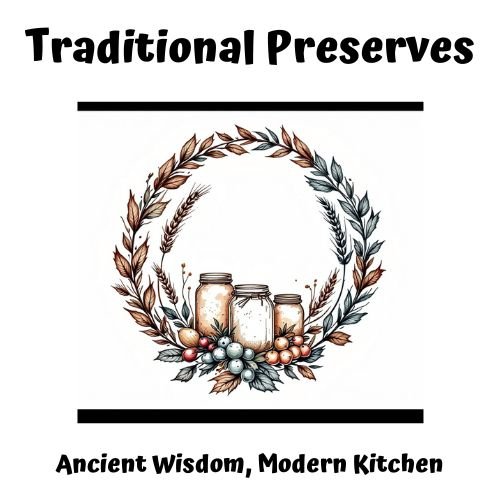

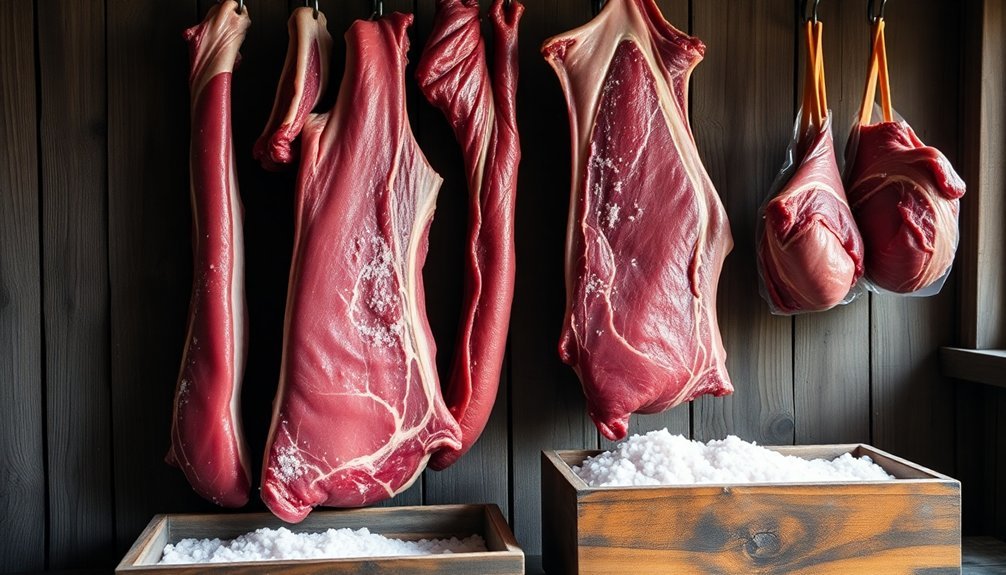
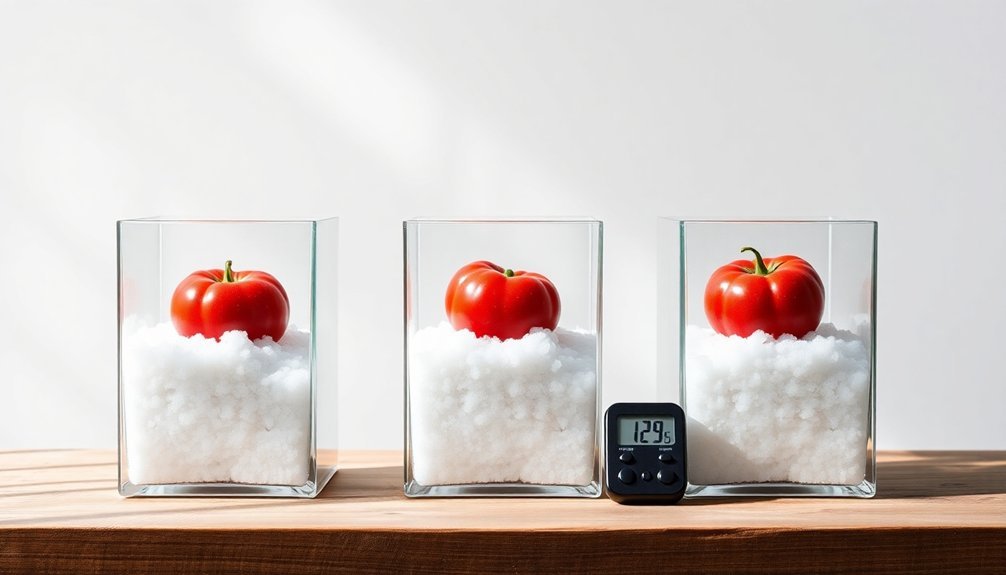
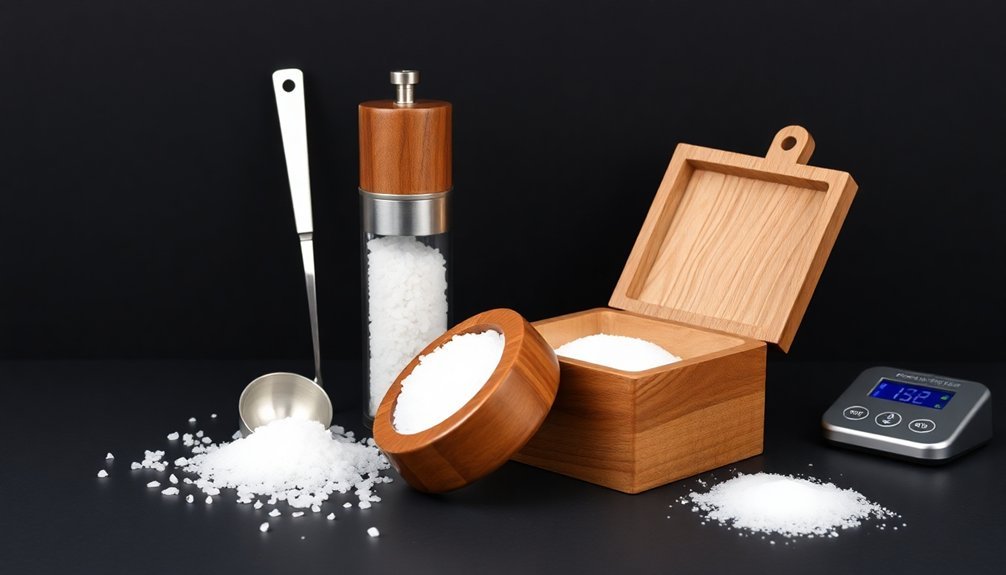
Leave a Reply